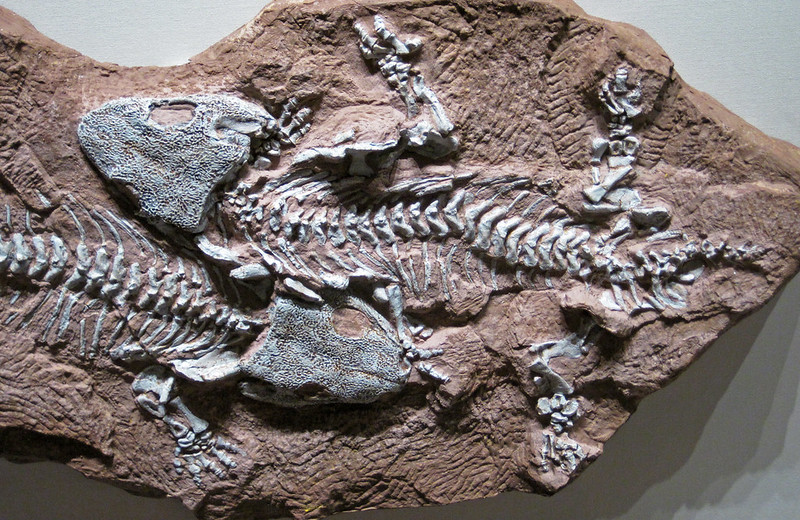
A new species of fossil reptile Stenokranio boldi was described by German paleontologists in collaboration with Ralf Werneburg, Spiegel magazine (Germany) reports on January 9.
Stenokranio Boldi lived about 300 million years ago and was the largest predator in the Rhineland-Palatinate region. They had a five-foot body with a large, flat skull and a large number of teeth.
The reptile’s habitat was a landscape of tropical rivers and lakes. Stenokranio Boldi were amphibians that reproduced in water. Three rows of teeth made it possible to capture slippery representatives of the aquatic fauna and swallow them whole.
Because of its body shape and lifestyle, Stenokranio Boldi occupied the ecological niche now occupied by modern crocodiles. It is assumed that young Stenokranio Boldi frolicked mainly in the water, while adults and large individuals could afford to go out on land.
The fossil remains of the reptile were discovered about a year ago and the results of the study have now been presented in a paleontological scientific journal.
Source: Rossa Primavera
I am Michael Melvin, an experienced news writer with a passion for uncovering stories and bringing them to the public. I have been working in the news industry for over five years now, and my work has been published on multiple websites. As an author at 24 News Reporters, I cover world section of current events stories that are both informative and captivating to read.
